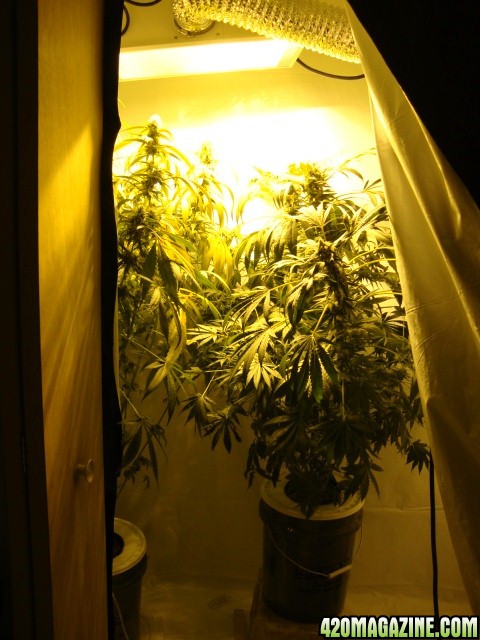musikgenman
New Member
I am going to do what I did the first time...keep my seedlings highly humidified until roots shoot out of the rockwool...then I will move them into hydroton...I dont know if it matters too much. But someone pointed out to me and I think it true, that the light will help the rockwool cubes dry out. So I did and will continue to completely bury the rockwool cube in hydroton so no light shines on it. I dont know as of yet if this is completely true but I figured it couldn't hurt.
Musik \\\vVv///
Musik \\\vVv///









